People get confused when I talk about advertising on Facebook and Instagram.
Truth is, I don’t actually care about Facebook. I don’t care about social media.
I’d be thrilled to tell all of you to go and buy ads on page 187 of Vogue Magazine, or buy billboard ads and outdoor media.
The only problem is… they’re massively overpriced.
People aren’t looking at billboards. They’re not paying attention to TV commercials. They’re not reading magazines. So in reaction to that low demand, those companies have increased the price of advertising to keep it ROI positive.
That means smaller companies have a few years to take advantage of these platforms before big companies start crowding in.
But first… businesses need to adapt their mindset to the “new world” of marketing.
The old world of marketing vs the new world
Look back at what happened when attention shifted from radio to television.
Businesses started running TV commercials like they’d run radio ads. There would be a man in front of there holding up an image, and there would be a narrator narrating that image. The ad wasn’t “native” to television, and there was a huge misunderstanding of what makes a ‘good’ TV commercial.
Marketers and advertisers hadn’t figured out what a commercial should look like. They were trying to adapt the “old world” into the “new world.”
We’re seeing a similar thing happen today as we move from a TV commercial, outdoor media world onto a Facebook and Instagram world.
Most people understand that you can’t just take a TV commercial and “paste” it on Facebook. We understand that doesn’t work. But there’s a more advanced conversation that we’re not having around what actually does work in a social media environment.
For example… should you be changing out actors and actresses in your videos to demographically match the customer base that you’d be targeting? Should you test your messaging by posting a tweet or a blog post first to see if it’s worth spending money on a video? How many pieces of content should you be creating for each segment?
There’s a gross misunderstanding of what it takes to win in the new world.
But those that get it are building massive businesses.
How Wish became a multi-billion dollar business
Wish is a mobile shopping app founded by engineers at Google who worked on the AdWords product.
They’re doing billions of dollars in sales, and I genuinely believe that they’re the only conceivable threat to Amazon today.
How’d they do it?
They spent nearly 100% of their money on Facebook and Instagram advertising.
The biggest companies and brands in the world are the ones who take advantage of underpriced attention the most.
For example… the biggest advertiser on Google AdWords when it was underpriced 8 years ago was Amazon. The biggest regret of my career as an entrepreneur is not spending more on wine terms when Google AdWords was underpriced.
Companies like MVMT Watches and Wish are hitting tens of millions to billions of dollars in sales by spending 100% of their budget on influencers, Facebook, and Instagram.
Meanwhile… over 90% of Fortune 500 CPG brands are declining in market share. Their primary spend is on programmatic digital advertising and TV commercials.
It’s super interesting to me what Fortune 500 companies spend their money on, versus people who need to feed their families with the money their business makes.
This is not a subjective debate. It’s what’s actually happening in the business world.
It’s why I’m pushing so many businesses to get more practical with how they make their money.
Tactics for Facebook Advertising
Here are some specific tactics you can use to run campaigns in 2019:
1. Create 20 – 100+ audience segments
I’m creating 100 pieces of content around my personal brand per day.
And I’m still probably 4,000 short of what I should be doing.
Meanwhile, there are businesses out there are creating 4 pieces of content for the year, and they’re putting massive budget behind those pieces of content.
It’s much more impactful to segment your customer base into 20 – 100 segments, and create content specifically for each of those segments. For example, I’m not a huge fan of Milky Way candy. But if they targeted me on Facebook with a piece of content tied to the New York Jets, I’m interested.
You’ll be much more likely to get a reaction from your audience if you created content contextual to who they actually are.
2. Don’t worry about high CPMs
The reason businesses are afraid to go narrow on targeting is because it increases CPMs.
But the broader you go, the more “vanilla” your messaging needs to be.
It’s why brands like Coca-Cola and Skittles have used slogans like “Open Happiness” or “Taste the Rainbow.” In the old world of marketing, it wasn’t possible to go narrow. You only had a few pieces of content that millions of people would see – so your slogan had to be vanilla.
When you go narrow, you might pay higher CPMs, but your creative has a much better shot at converting because you can tailor your message to your segment.
Too many companies are thrilled to pay lower cost for higher reach, then get confused when their creative doesn’t get anyone to do anything.
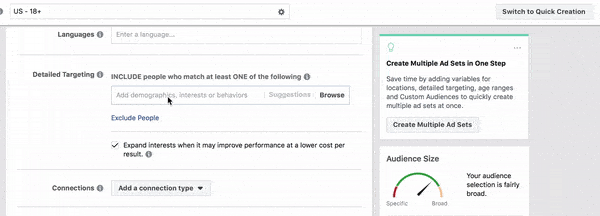
Example: Facebook brought back the feature that lets you target by employer
3. Run Facebook’s retargeting ads on the most engaged viewers
Here’s a winning strategy that will convince you that marketing works for the rest of your life:
Create a contextual, long-form video and get 100,000+ people to see it.
Then, take viewers who watched 2-3 minutes of that video and retarget them with a call-to-action.
You’ll be stunned how many of them convert.
4. Test and learn before spending money on promotion
It’s ludicrous to me how companies decide to spend $200,000+ on creating an advertisement based on tiny focus groups and subjective opinions of internal decision makers.
There are much smarter ways to test which piece of creative to bet your money on.
For example… you could test out your Facebook advertising through a tweet or a blog post. If that works, you could make a picture that goes more in depth. If that gets traction, you could make a short video clip. If that works, expand that into something bigger.
5. Create brand identity by producing a hero, iconic, “anchor” video
Think of an anchor video as a Super Bowl Commercial for a small business.
The reason that so many brands and businesses spend millions of dollars on Super Bowl Commercials is because virtually everyone is watching. There’s so much attention on those commercials (both during the actual game and after the game when people watch on YouTube) that it’s actually underpriced.
That’s why brands put so much effort into crafting the message and narrative of their commercial – because they know that it will play a massive role in how people see their brand.
I think the same thing applies to small businesses and their Facebook advertising.
Of course you’re not going to have the budget to run a commercial on the Super Bowl, but what you can do is create a viral, iconic video (like Dollar Shave Club or Purple Mattress) that shows who you or your company are, and distribute it across social media.
If done well, it could lead to a massive amount of sales and you’d build a strong brand at the same time.
Watch the full keynote here:

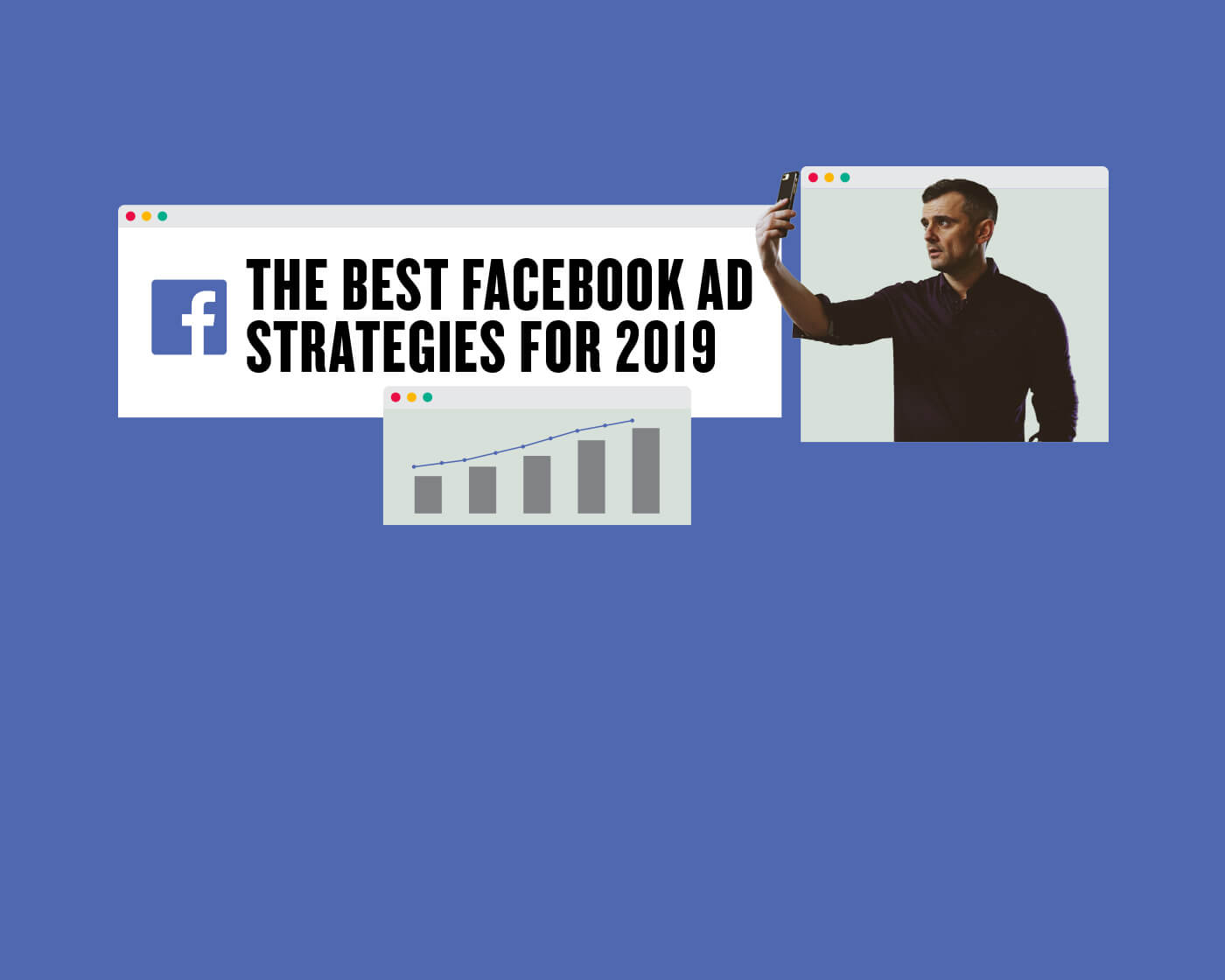



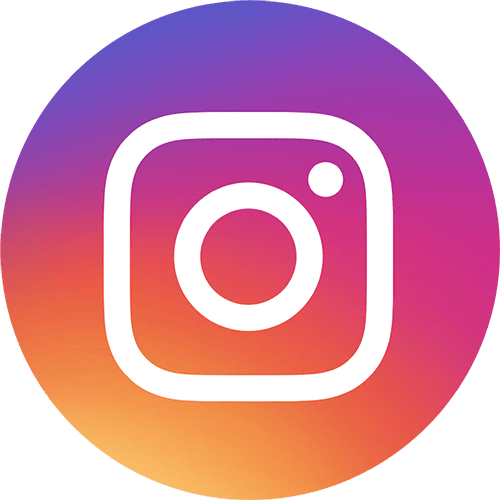
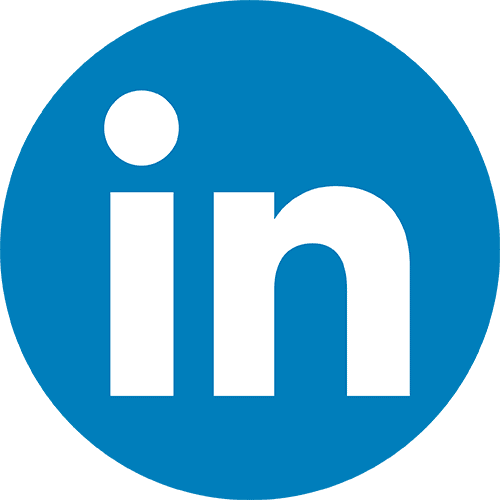
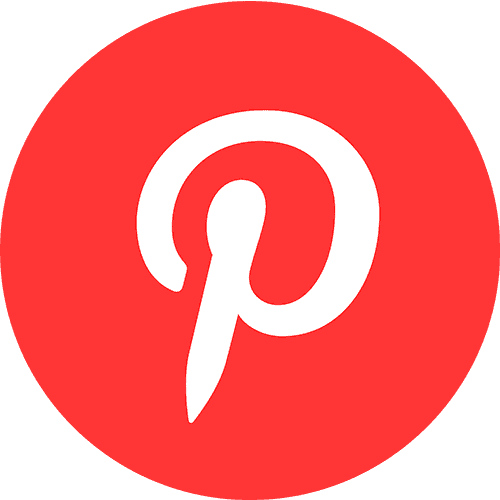

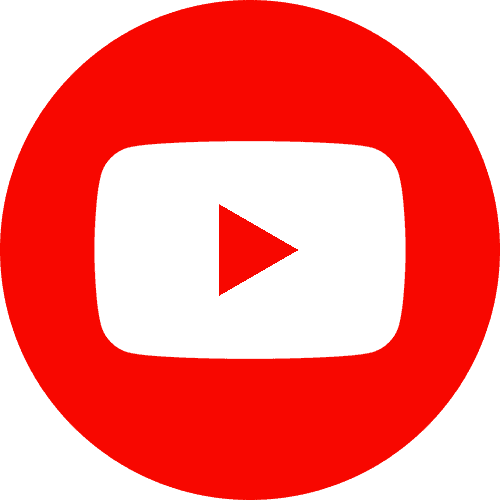


slot casino siteleri slot oyunlar? puf noktalar? guvenilir slot siteleri
https://denemebonusuverensiteler25.com/# yat?r?ms?z deneme bonusu veren siteler
pokračovat v tom, abyste vedli ostatní.|Byl jsem velmi šťastný, že jsem objevil tuto webovou stránku. Musím vám poděkovat za váš čas
denemebonusuverensiteler25: deneme bonusu veren siteler yeni – yat?r?ms?z deneme bonusu veren siteler
canl? casino siteleri: Canl? Casino Siteleri – deneme bonusu veren casino siteleri
sweet bonanza giris sweet bonanza guncel sweet bonanza demo oyna
https://slotsiteleri25.com/# slot oyunlar? puf noktalar?
Casino Siteleri canl? casino siteleri casino bahis siteleri
az parayla cok kazandiran slot oyunlar?: en kazancl? slot oyunlar? – slot oyunlar?
https://sweetbonanza25.com/# sweet bonanza slot
Tham gia Rbviet.net Rbesports để trải nghiệm cá cược esports đẳng cấp, giao dịch minh bạch, hỗ trợ 24/7 và cam kết mang đến sự công bằng, tiện lợi cho người chơi. – 2025 March 28, 13:48
Khám phá Rayesports.com Rayesports – Nền tảng cá cược esports hiện đại, cung cấp tỷ lệ cược hấp dẫn, giao dịch an toàn và dịch vụ hỗ trợ chuyên nghiệp cho game thủ. – 2025 April 03, 18:02
Tham gia Rbviet.net Rbviet để trải nghiệm cá cược esports đẳng cấp, giao dịch minh bạch, hỗ trợ 24/7 và cam kết mang đến sự công bằng, tiện lợi cho người chơi. – 2025 April 10, 17:20
Профессиональный сервисный центр по ремонту бытовой техники с выездом на дом.
Мы предлагаем:ремонт крупногабаритной техники в москве
Наши мастера оперативно устранят неисправности вашего устройства в сервисе или с выездом на дом!
Профессиональный сервисный центр по ремонту бытовой техники с выездом на дом.
Мы предлагаем:сервисные центры по ремонту техники в мск
Наши мастера оперативно устранят неисправности вашего устройства в сервисе или с выездом на дом!